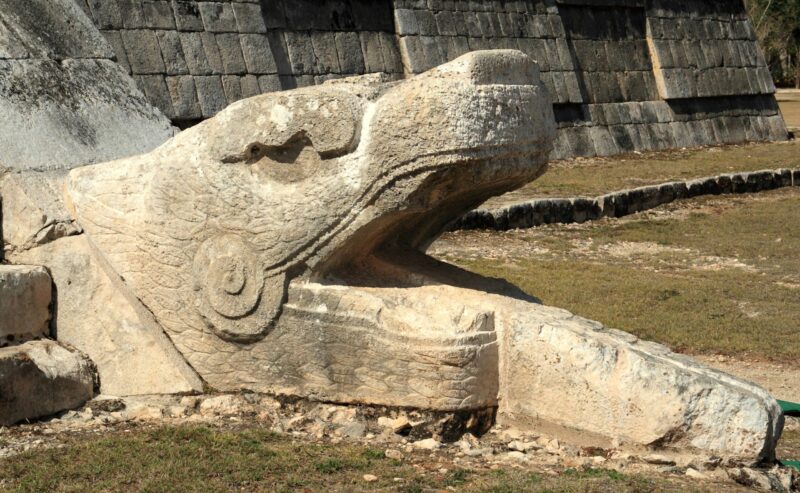The pantheons of Mesoamerican civilizations are rich and complex, housing numerous deities with varied attributes and roles. Among these, Quetzalcoatl and Kukulkan stand out as two of the most prominent figures.
Often perceived as analogous, these deities from Aztec and Maya cultures, respectively, exhibit both similarities and differences. This article aims to explore these aspects, offering insights into the mythology, cultural significance, and historical evolution of Quetzalcoatl and Kukulkan.
Historical Context
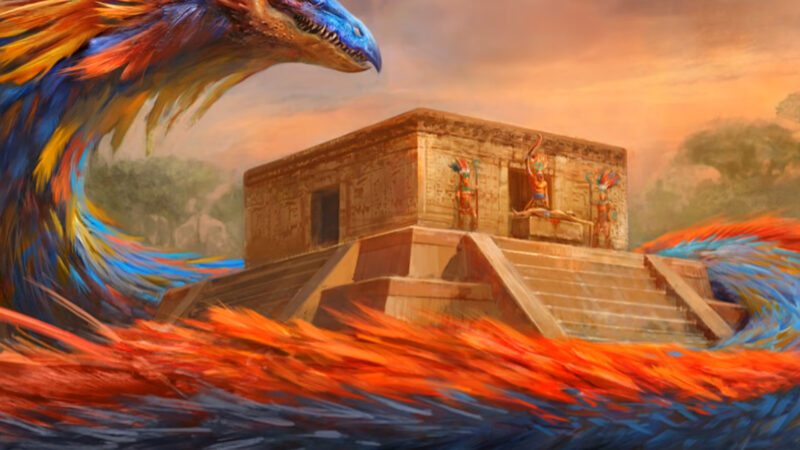
Quetzalcoatl and Kukulkan requires delving into the historical context of the Mesoamerican civilizations they originate from. The Aztec civilization, predominant in central Mexico, flourished from the 14th to the 16th centuries. Their religious practices were deeply integrated into their daily life and governance. Quetzalcoatl, known as the “Feathered Serpent,” was a central deity in Aztec mythology.
The Maya civilization, spread across modern-day Mexico, Belize, Guatemala, and Honduras, peaked from the 6th to the 9th century. Kukulkan, also depicted as a feathered serpent, played a pivotal role in Maya religion. The Maya civilization’s longevity and geographical spread contributed to the diverse interpretations and representations of Kukulkan across different regions and periods.
Mythological Significance of Quetzalcoatl
Quetzalcoatl, in Aztec mythology, is a multifaceted god. He is the god of wind, air, and learning, patron of priests, and the inventor of books and the calendar. Quetzalcoatl is also associated with the morning star and seen as the symbol of death and resurrection. His myth involves the creation of mankind and the provision of maize, the staple food of the Aztecs.
Quetzalcoatl’s stories often highlight themes of moral righteousness, self-reflection, and the balance between earthly and spiritual realms.
Mythological Significance of Kukulkan
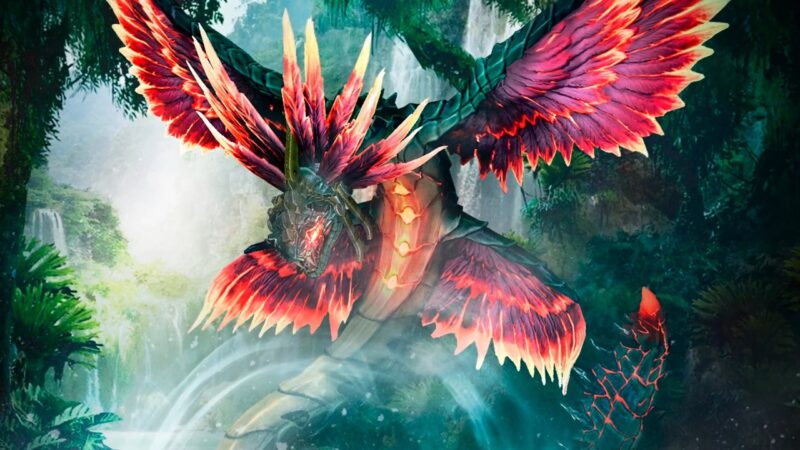
In Maya mythology, Kukulkan holds a comparable yet distinct position. Besides being a creator deity, Kukulkan is often associated with rulership, agriculture, language, and the wind. He is a bridge between the sky and the earth, facilitating communication between gods and humans.
The myth of Kukulkan is integral to the Maya’s understanding of the cosmos and their ritual practices. His influence is evident in the architectural designs of temples and pyramids, notably at Chichen Itza, where his temple aligns with the equinoxes.
Cultural and Ritualistic Practices
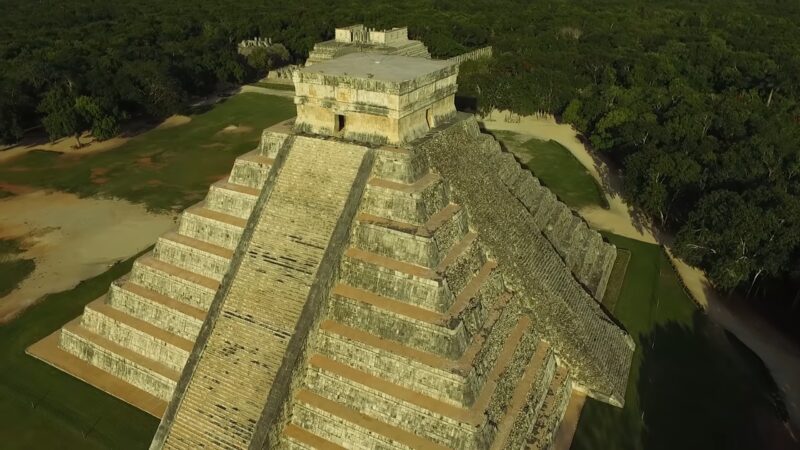
Both Quetzalcoatl and Kukulkan were central to the religious and cultural practices of their respective civilizations. Temples and pyramids were constructed in their honor, and various ceremonies and rituals were conducted to appease them.
These practices included offerings, sacrifices, and the recitation of myths and prayers. The rituals were not only religious acts but also reinforced social and political structures within these societies.
Iconography and Symbolism
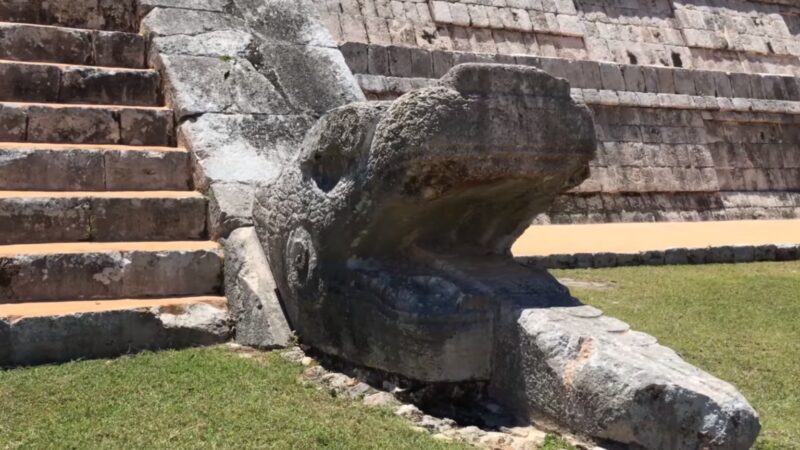
The iconography of Quetzalcoatl and Kukulkan is rich and varied, reflecting their importance and multifaceted nature. Both are primarily depicted as feathered serpents, symbolizing the union of the earthly (serpent) and the divine (feathers).
This imagery represents the blending of earthly wisdom and spiritual enlightenment. In art and architecture, these deities are often depicted in a manner that emphasizes their dual nature and their roles as mediators between different realms.
Differences and Similarities
While Quetzalcoatl and Kukulkan share similarities in their depiction and some attributes, they also exhibit significant differences. These differences arise from the distinct cultural, linguistic, and historical contexts of the Aztec and Maya civilizations.
Quetzalcoatl’s narratives and worship practices reflect the Aztec’s worldview and societal structure, whereas Kukulkan’s reflect those of the Maya. Their myths, while sharing themes of creation and duality, diverge in details and emphasis, reflecting the unique perspectives of each culture.
Influence on Modern Culture
The legacy of Quetzalcoatl and Kukulkan extends beyond ancient times, influencing modern culture, art, literature, and even political discourse. They have become symbols of indigenous heritage and identity, often invoked in discussions about cultural preservation and historical interpretation.
The continued interest in these deities underscores their enduring significance in the collective consciousness of people in Mexico and Central America.
FAQs
Were Quetzalcoatl and Kukulkan worshiped in the same regions or were their cults geographically distinct?
Quetzalcoatl and Kukulkan were worshiped in geographically distinct regions. Quetzalcoatl was primarily revered in the central Mexican regions, where the Aztec civilization was centered.
In contrast, Kukulkan was predominantly worshiped in the Yucatán Peninsula and other areas influenced by the Maya civilization. Although there were interactions and cultural exchanges between these regions, the core areas of worship for each deity were distinct.
Did the belief in Quetzalcoatl and Kukulkan influence any modern religious practices or beliefs?
The belief in Quetzalcoatl and Kukulkan has influenced some contemporary religious practices and beliefs, particularly among indigenous communities in Mexico and Central America. Elements of these ancient deities can be found in syncretic religious practices that blend indigenous and Christian beliefs. Moreover, certain rituals and festivals still celebrated today have roots in the worship of these deities, though they have evolved and adapted over time.
Are there any major archaeological sites linked specifically to Quetzalcoatl or Kukulkan?
Yes, there are significant archaeological sites linked to both deities. For Quetzalcoatl, the Temple of the Feathered Serpent in Teotihuacan is a notable example. This site, though pre-dating the Aztec Empire, has strong associations with the deity.
For Kukulkan, the most famous site is the El Castillo (Temple of Kukulkan) pyramid in Chichen Itza. This Maya temple is renowned for the phenomenon of the serpent shadow during the equinoxes, which is believed to represent Kukulkan.
How did the Spanish conquest affect the worship and perception of Quetzalcoatl and Kukulkan?
The Spanish conquest dramatically impacted the worship and perception of both Quetzalcoatl and Kukulkan. The conquerors sought to suppress indigenous religions and replace them with Christianity.
Many temples were destroyed, and religious practices were prohibited or went underground. Additionally, the Spanish chroniclers often misinterpreted or deliberately altered the narratives of these deities, leading to a distorted understanding that persisted for centuries.
Are there any significant festivals or holidays in modern times that trace back to Quetzalcoatl or Kukulkan?
Modern festivals in Mexico and some Central American countries often incorporate elements tracing back to Quetzalcoatl and Kukulkan. For instance, the ‘Day of the Dead‘ celebrations in Mexico, while primarily a fusion of indigenous and Spanish traditions, include some aspects that can be linked to beliefs about the afterlife and agricultural cycles associated with these deities. However, these festivals have evolved significantly and represent a blend of ancient and contemporary beliefs.
Have Quetzalcoatl and Kukulkan influenced any notable works of literature or art in the modern era?
Yes, Quetzalcoatl and Kukulkan have inspired numerous works of literature and art in the modern era. These deities have been featured in various forms, from novels and poems to paintings and sculptures. They often symbolize indigenous heritage and wisdom. Notable examples include the works of Mexican poet Octavio Paz and the murals of Diego Rivera, which depict Quetzalcoatl as a symbol of Mexican identity and cultural renaissance.
Final Words
Quetzalcoatl and Kukulkan, while often compared, are distinct entities deeply rooted in the rich tapestry of Mesoamerican mythology. Their similarities reflect the interconnectedness of the region’s cultures, while their differences highlight the unique characteristics of the Aztec and Maya civilizations.
Understanding these deities provides valuable insights into the beliefs, values, and practices of the ancient Mesoamerican people and underscores the importance of preserving and studying indigenous mythologies and cultures.
